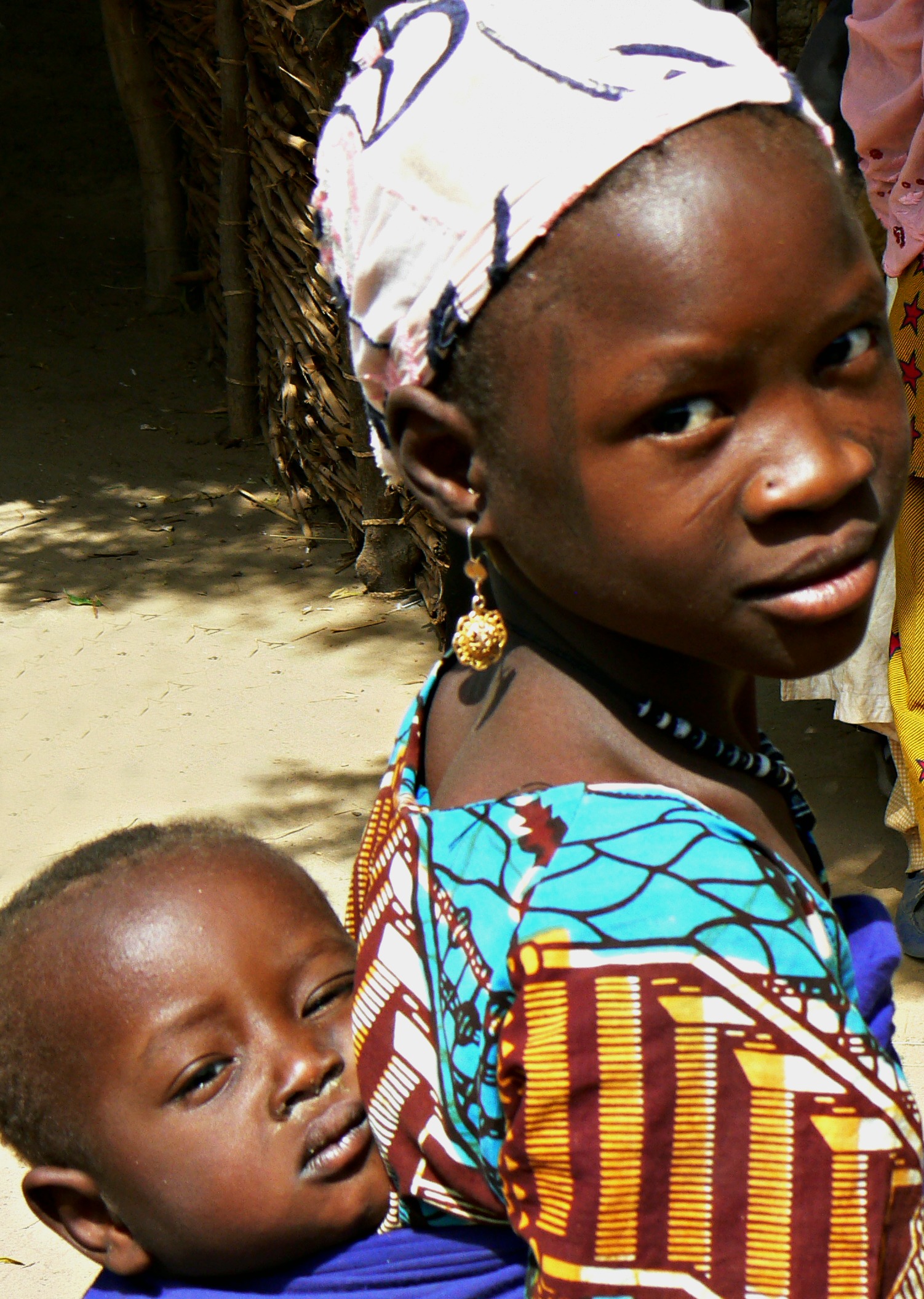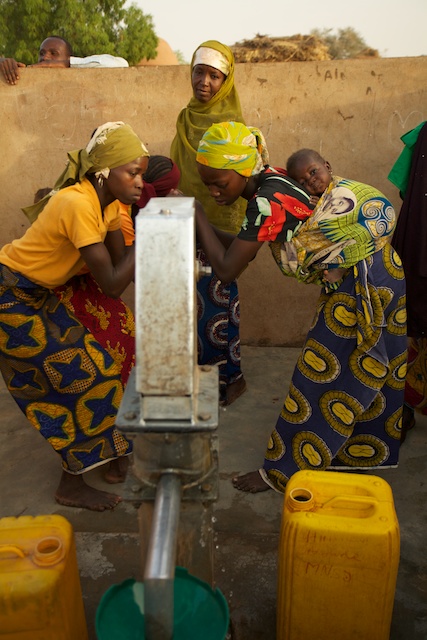by Jessica Isaac
Millennium Development Goals — How Safe Water Can Help
Millennium Development Goals – the phrase may sound complicated, but the motive behind it is simple and straightforward. MDGs, as they are referred to, are eight international development goals established by the United Nations following the Millennium Summit of 2000. All 193 United Nations member states have agreed to achieve the following eight goals by 2015:
1. Eradicate extreme poverty and hunger
2. Achieve universal primary education
3. Promote gender equality and empowering women
4. Reduce child mortality rates
5. Improve maternal health
6. Combat HIV/AIDS, malaria, and other diseases
7. Ensure environmental sustainability
8. Create a global partnership for development
The World Health Organization has reported some promising statistics regarding the progress of some of these goals, but we are a long way from achieving success. The three goals listed below are near and dear to us here at Wells Bring Hope because, as we know, access to safe drinking water is often the solution. Each well that is drilled in Niger not only brings Nigeriens one step closer to achieving goal 7 (environmental stability), but also helps reduce child mortality (goal 4) and makes it possible for women to become educated, thereby improving maternal health (goal 5). Each goal listed below has a minimum specified target that will satisfy the MDG as well as estimated statistics from the World Health Organization, which is tracking international progress.
1. Reduce Child Mortality (Goal #4)
Target: Reduce by two-thirds, between 1990 and 2015, the under-five mortality rate
 |
| {photo by Barbara Goldberg} |
Progress via WHO.int:
-In 2011, 6.9 million children under five died, compared with 12 million in 1990
-Between 1990 and 2011, under-five mortality declined by 41%, from an estimated rate of 87 deaths per 1000 live births to 51
-The global rate of decline has also accelerated in recent years – from 1.8% per annum during 1990–2000 to 3.2% during 2000–2011
Projection via WHO:
“Despite this improvement, the world is unlikely to achieve the MDG target of a two-thirds reduction in 1990 mortality levels by the year 2015.”
How Wells Bring Hope can help:
In West Africa, the most common cause of death and disease comes from contaminated water. Babies often die from diarrhea, an ailment that can be cured by replacing this contaminated water with clean, safe water.
2. Improve Maternal Health (Goal #5)
Targets: Reduce by three quarters, between 1990 and 2015, the maternal mortality ratio and achieve, by 2015, universal access to reproductive health
Progress via WHO.int:
-a significant reduction in the number of maternal deaths – from an estimated 543 000 in 1990 to 287 000 in 2010
Projection via WHO.int:
“Despite a significant reduction in the number of maternal deaths the rate of decline is just over half that needed to achieve the MDG target of a three quarters reduction in the mortality ratio between 1990 and 2015. To reduce the number of maternal deaths, women need access to good-quality reproductive health care and effective interventions. In 2008, 63% of women aged 15–49 years who were married or in a consensual union were using some form of contraception, while 11% wanted to stop or postpone childbearing but were not using contraception.”
|
How Wells Bring Hope can help:
Women and girls bear the burden of walking 4-6 miles a day to reach a water source, usually contaminated. The task is labor intensive and prevents girls from going to school. Women spend most of their day getting water, having little time to do anything else. They suffer chronic pain from this physical burden and constant stress from having so little time to complete other tasks. When they have access to safe water, women are healthier and less likely to suffer complications during pregancy. In addition, when girls have the opportunity to go to school, they tend to marry and bear children later, drastically reducing the likelihood of maternal death as well as the chance of obstetric fistulas, a frequent consequence of early childbearing.
3. Ensure Environmental Sustainability (Goal #7)
Target: By 2015, halve the proportion of people without sustainable access to safe drinking water and basic sanitation
Progress via WHO.int:
-In 2010, 89% of the population used an improved source of drinking-water compared with 76% in 1990
-Progress has been uneven in different regions.
Projection via WHO
“With regard to basic sanitation, current rates of progress are too slow for the MDG target to be met globally. The number of people living in urban areas without access to improved sanitation is increasing because of rapid growth in the size of urban populations.”
How Wells Bring Hope can help:
The most important aspect of drilling a well is to insure its sustainability. When a well is drilled, we begin the process of teaching villagers how to maintain it and take ownership of it. Ownership of the well belongs to the village and they are responsible for its maintenance. This is very important for building pride and a sense of responsibility. 100% of the wells drilled by Wells Bring Hope have been sustained and are fully functioning. In addition, WBH is well aware of the importance of sanitation. In every village where we drill a well, we also build latrines and educate the villagers about the importance of using them. We also provide ongoing education on hygiene, and we teach mothers and children the value of hand and face washing.
When you support Wells Bring Hope, you are supporting the progress of the Millenium Development Goals.



